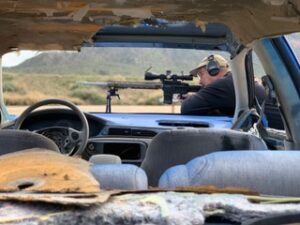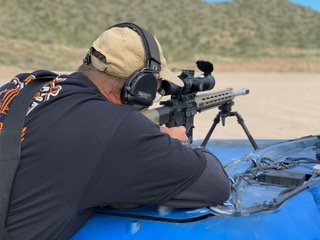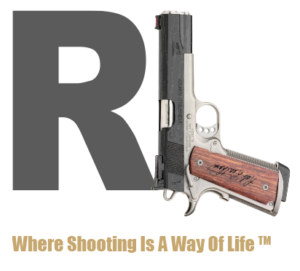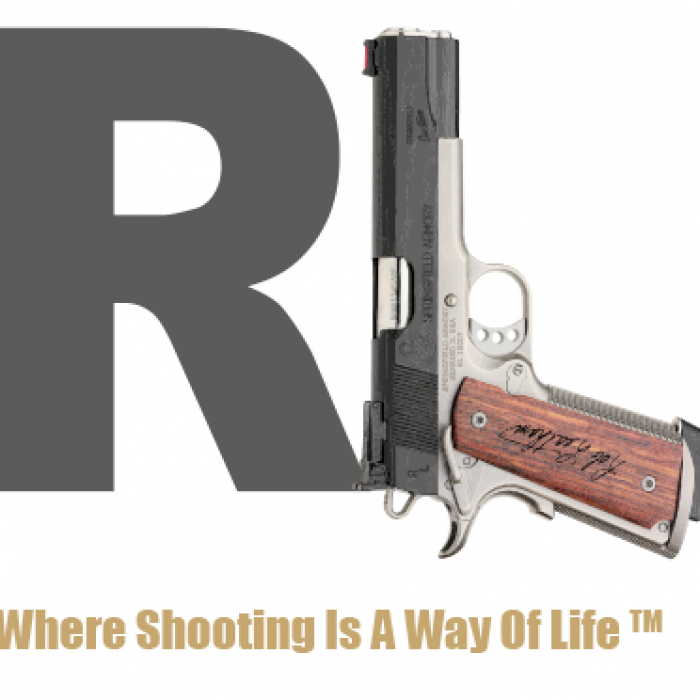
Rob Leatham and Travis McCamish may seem like an “odd couple”, but they compliment each other well on the range;
— When practicing / training for their own improvement.
— AND when instructing clients for the clients’ betterment.
Their Rifle and Pistol Course is a 2-day event designed to optimize your pistol and long-gun skills and make the best use of your highly-prized ammo. Each day consists of 2 equal blocks of training with each firearm.
Day 1 – Focuses on building the shooter’s understanding of what is required to be successful with each platform.
Day 2 – Shooters learn how to analyze their performances, identify variables and structure exercises / drills that directly contribute to creating immediate progress.
Don’t miss out on this unique opportunity! Review Client, Equipment and Range REQUIREMENTS below before registering.
COURSE DATES:
None currently scheduled.
LOCATION:
Casa Grande Police Dept. Range
2766 S. Isom Road
Casa Grande, Arizona 85122
TIMES:
0800 to 1700 each day
DAILY SCHEDULE:
4 Hours of Rifle Training
1 Hour Lunch Break
4 Hours of Pistol Training
WHAT EXACTLY DO WE EXPECT OF OUR CLIENTS IN TERMS OF SAFETY?
In all of our classes, SAFETY is priority one.
When we are all safe, aware and in control, the entire class benefits.
Participating on a common firing line with multiple shooters DEMANDS that we all pay attention at all times and that we follow all safety rules.
There are no exceptions when it comes to safety – any shooter deemed unsafe will be DISQUALIFIED and sent home, without refund. Go to the CLASS EXPECTATIONS page for the detailed safety info.




For a quote and more information on scheduling a class with Rob, please complete the form below.
